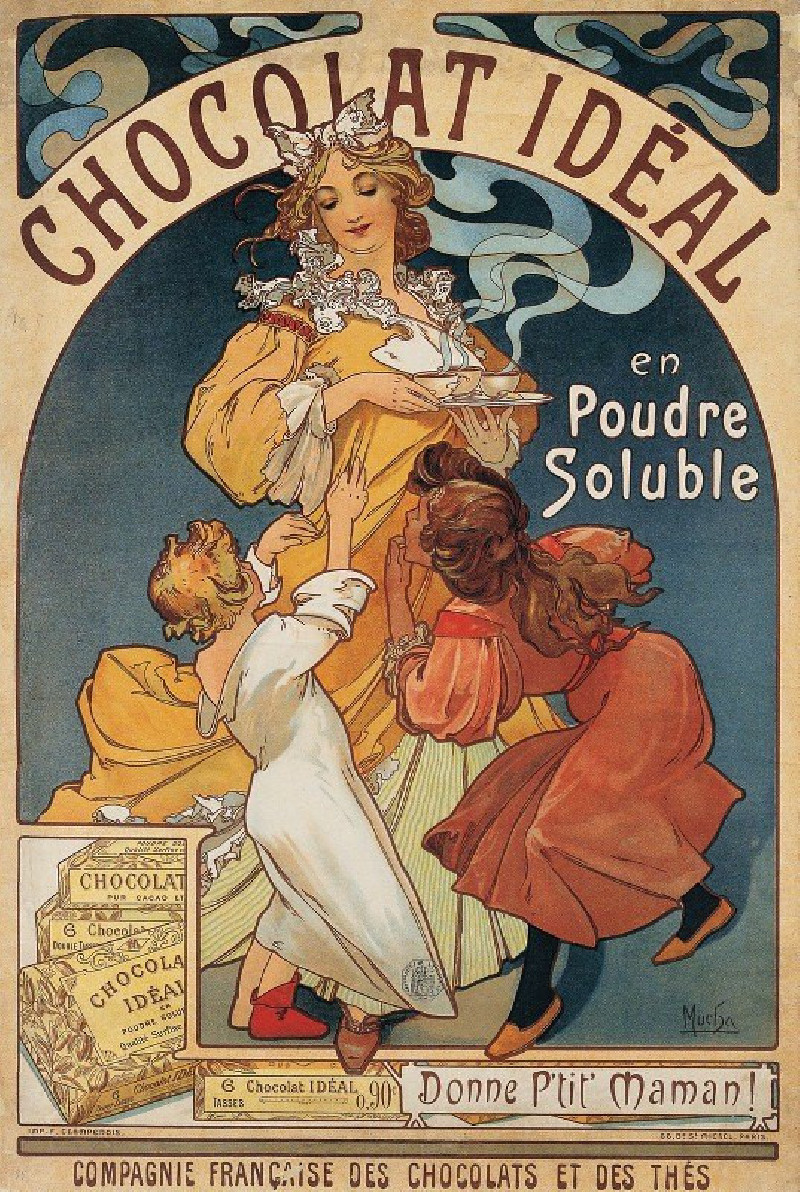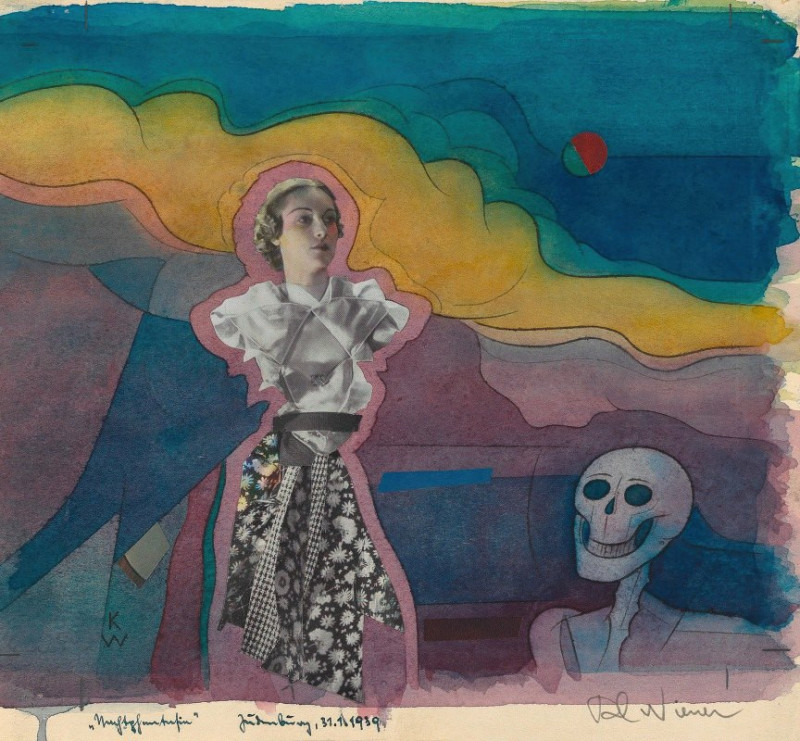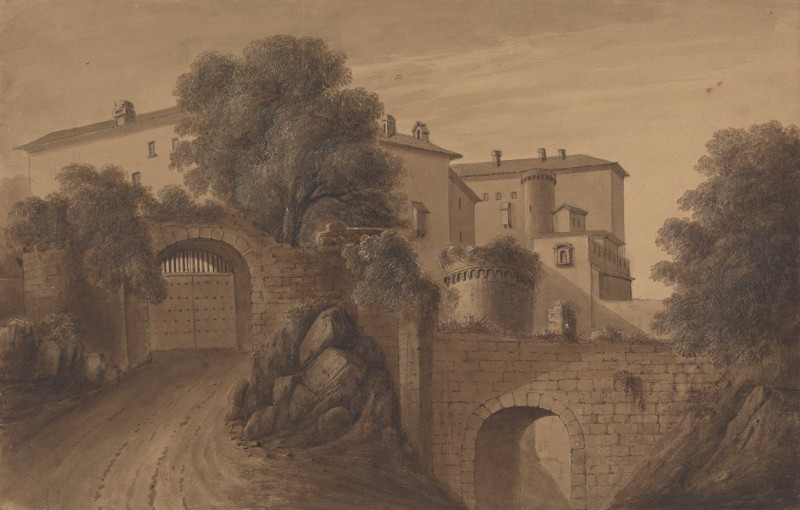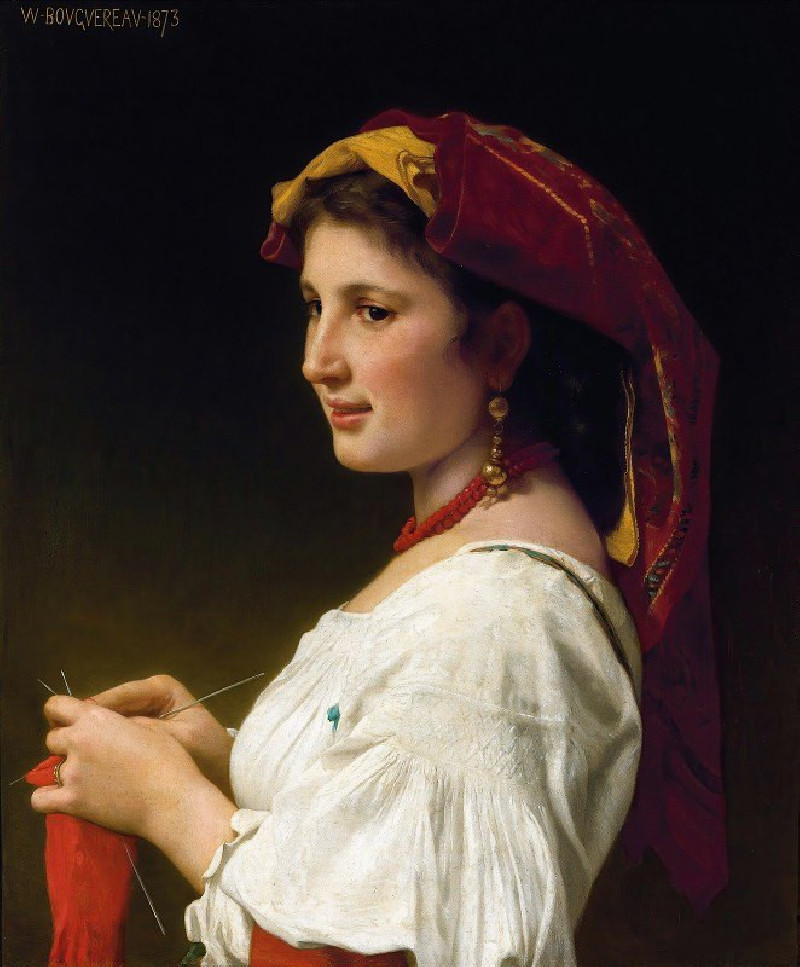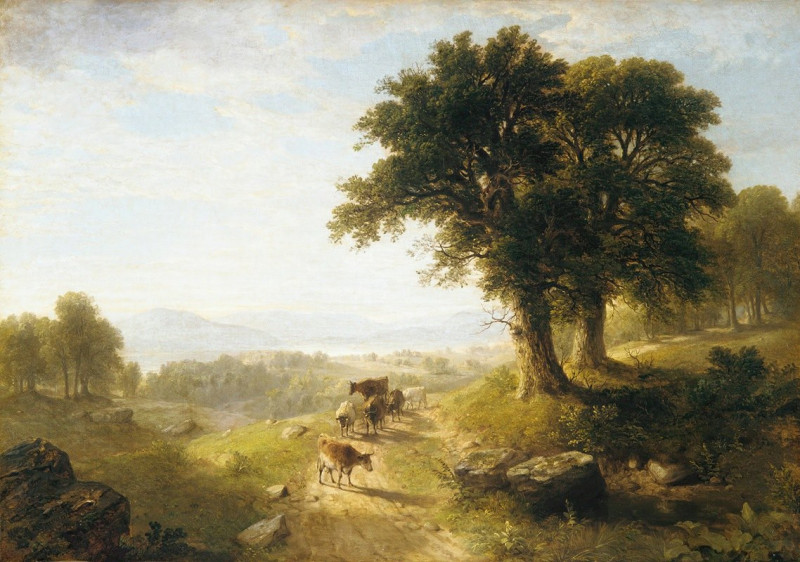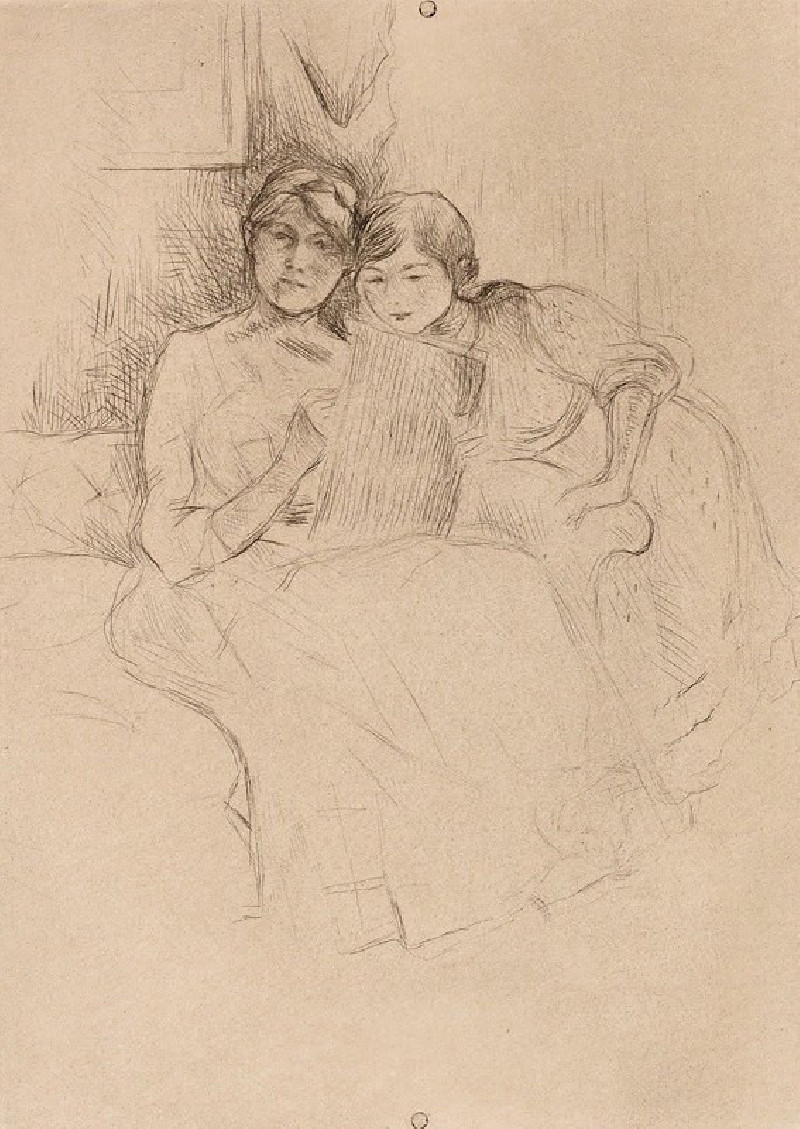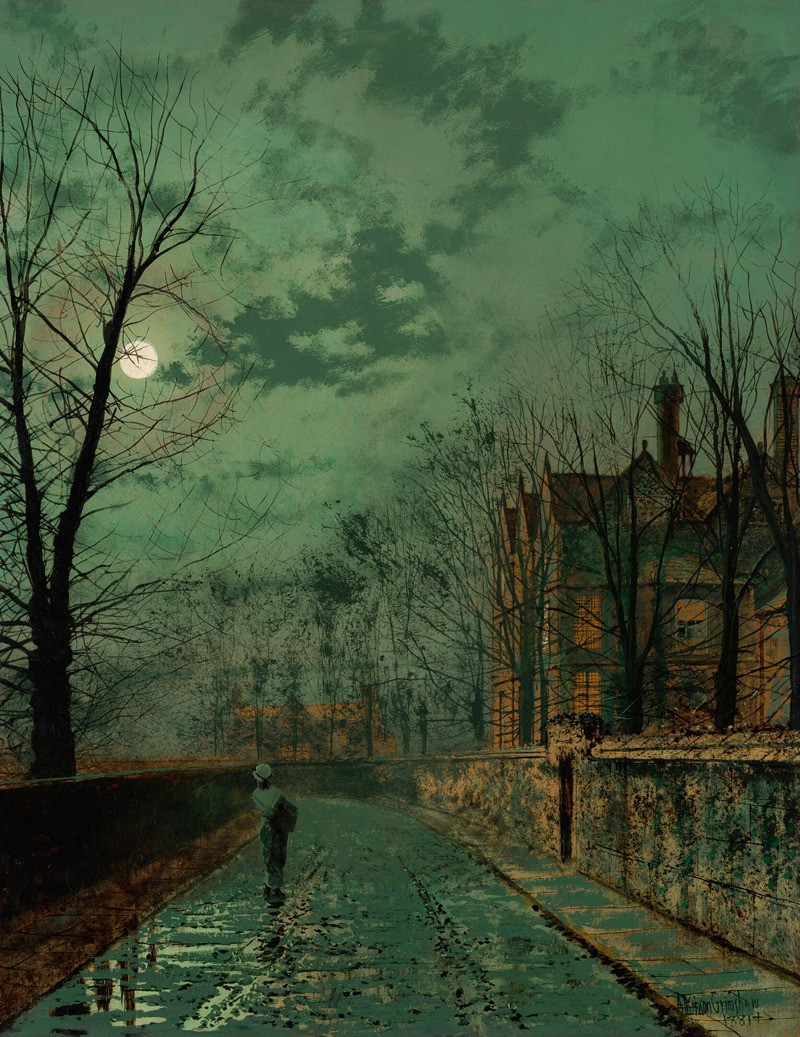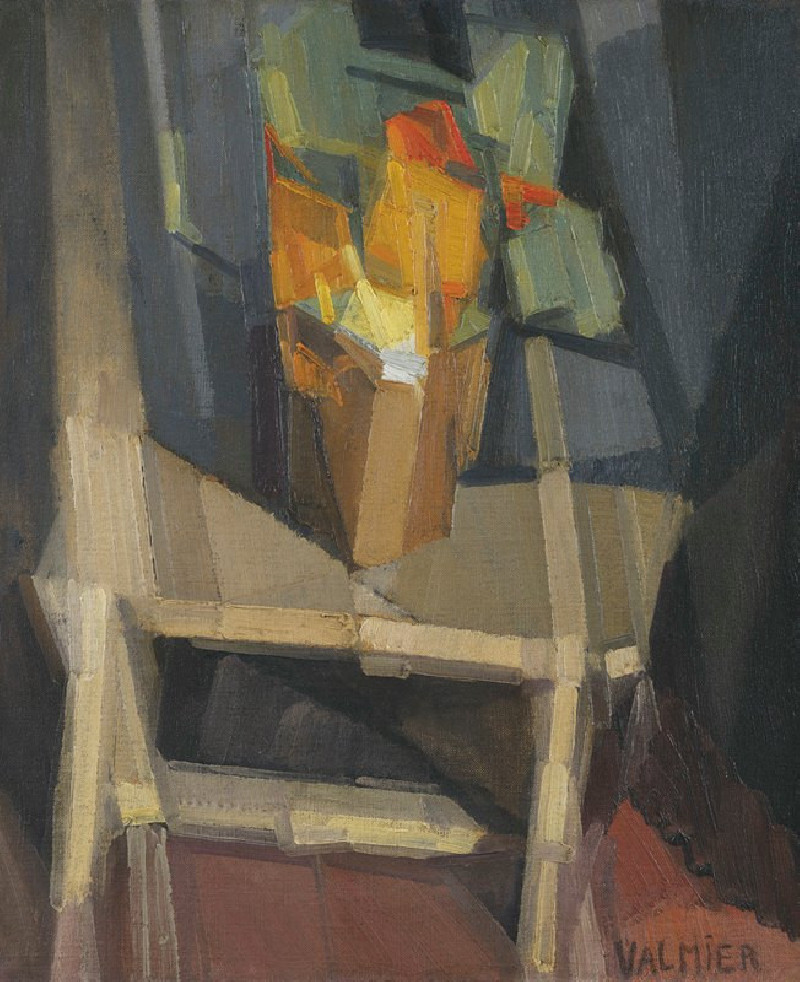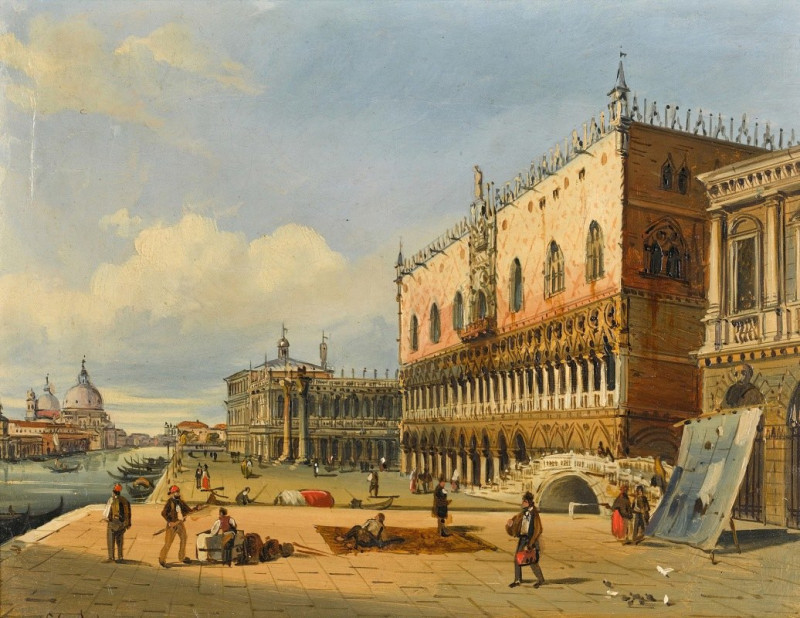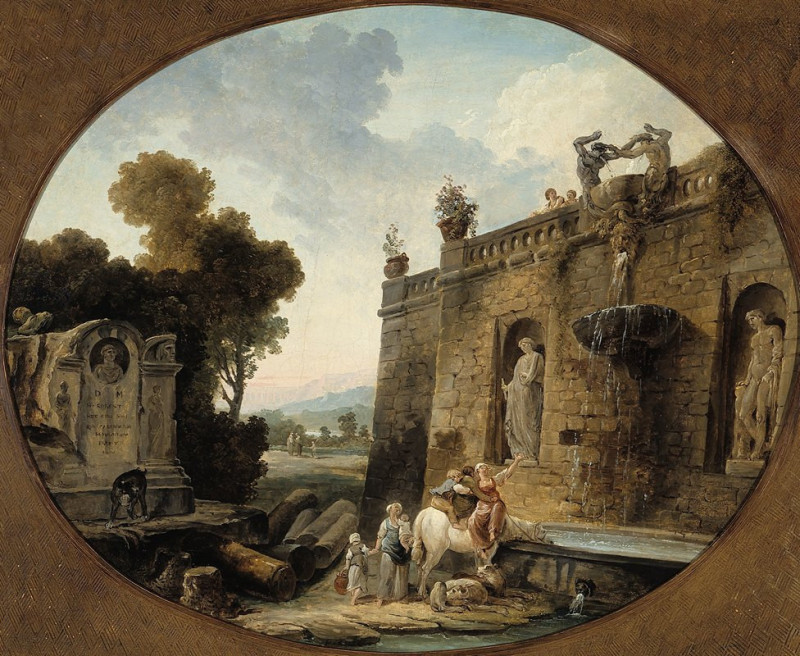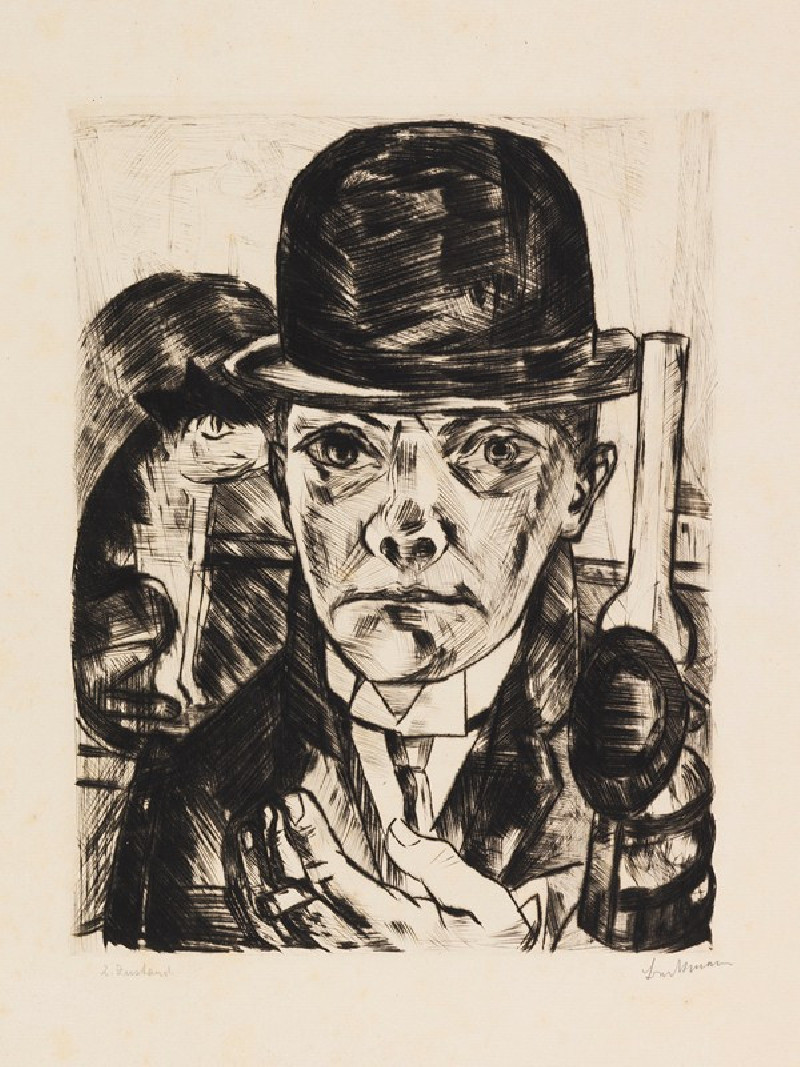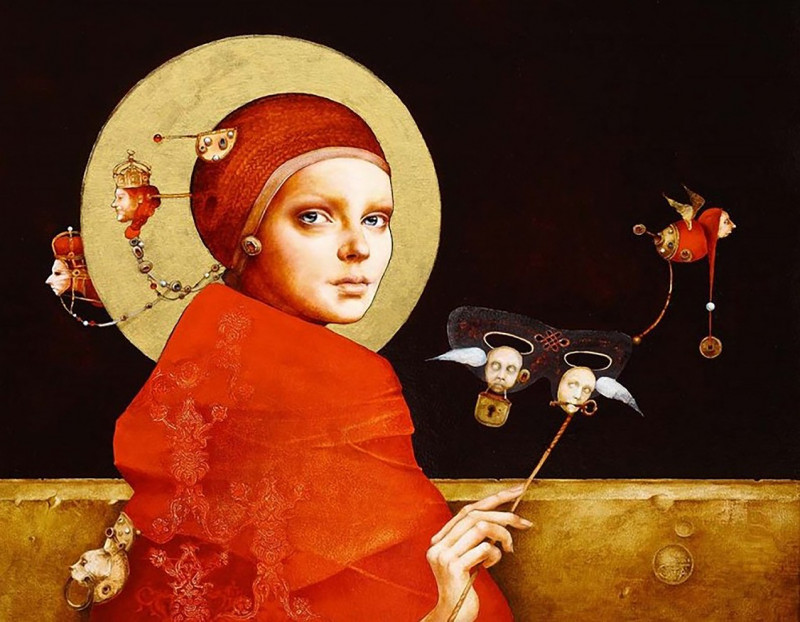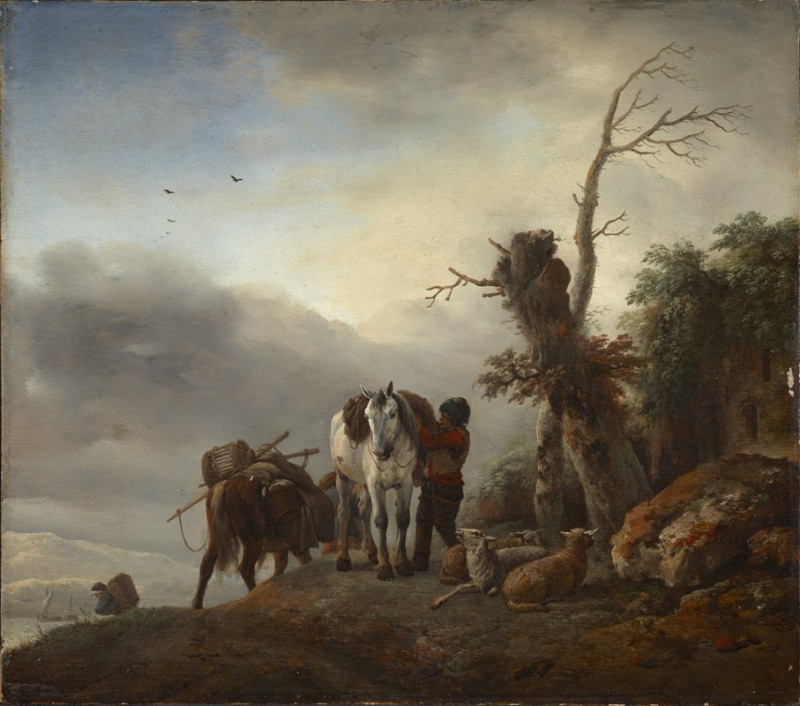Waldfriedhof (1933)
Technique: Giclée quality print
Recommended by our customers
More about this artwork
"Waldfriedhof," a captivating piece by Ernst Ludwig Kirchner, painted in 1933, beautifully captures the essence of a mystical cemetery embedded within a lush forest setting. This painting, characterized by its vibrant use of colors and bold forms, showcases Kirchner’s distinctive expressionist style.In this striking scene, the viewer is ushered into a forest enveloped in deep blues and greens, suggesting the cool shadow of dense tree coverage. The trees themselves are abstracted, with sweeping, angular forms that add a dynamic tension to the overall composition. Amidst these towering trees lie architectural forms that appear to be tombs or memorial structures painted in bright yellow. These elements emerge from the somber landscape like beacons of light, suggesting themes of remembrance and the eternal amidst the ephemeral world of nature.The contrast of dark and light, not just in color but also in symbolism, evokes a powerful emotional response, hinting at themes of life, death, and the natural cycle. The use of sharp contrasts and vivid colors characterizes the emotional intensity typical of Kirchner’s work, drawing the viewer into a reflective dialogue with the painting’s deeper meanings."Waldfriedhof" is not just a visual journey, but also an invitation to ponder the interplay between nature and human constructs, life’s vibrant presence and its inevitable decay.
Delivery
Returns
Ernst Ludwig Kirchner (1880–1938) was one of the most important German Expressionist painters. He was a co-founder of Die Brücke, a group of German expressionist artists formed in Dresden in 1905. Die Brücke and Kirchner took inspiration from Vincent Van Gogh and Edvard Munch, as well as African and Oceanic art. They used woodblock printing as a medium to showcase their signature style: flat, unrealistic images with vivid colors. The recurring themes in Kirchner's artworks included exotic cultures, faraway landscapes, self-portraits, dancers and Berlin street life. His paintings and prints effectively portrayed non-European cultures despite the fact that he never traveled outside of Europe.
































